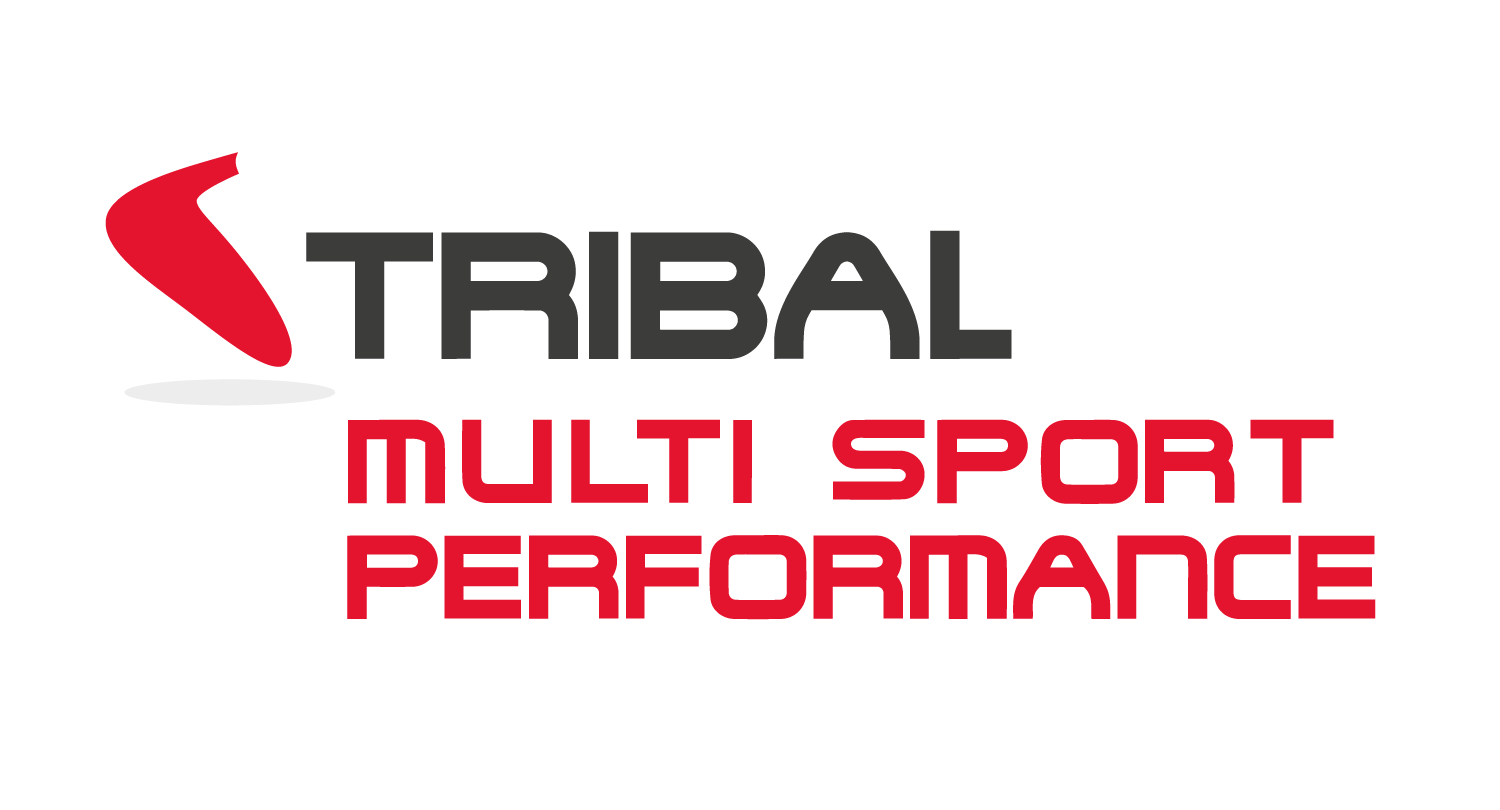20 Sep Choosing The Right Shoe: Framing Your Decision
There is a great deal of confusion when it comes to choosing the appropriate shoe for you. Here is the Tribal take on making the simple and best choice for your needs.
What running shoes prevent injuries?
There are no such shoes.
A shoe protects our feet from the elements and works with our chosen path. For injury prevention and training continuity, it is how you run, move or exercise that makes the difference, each of us have our own unique strength, skill and work capacities that can be developed in time, no shoe will increase your strength, skill or work capacity.
That said, choosing the correct fit and style of shoe can certainly assist in making your experience better. The best you can hope from a shoe is that they don’t get in your way and that they are comfortable to wear.
What kinds of shoes are better for movement and running?
Here are 5 tips for framing your trainer choice:
- Energy Use: The lighter the shoe the less energy is required to move it.
- Sensory Feedback: The more sole, the less feel of feedback regarding your running technique.
- Fit: Choose a wide forefoot, allowing proper spread of the toes without a narrowing restriction.
- Natural Biomechanics: If a shoe blocks the normal functioning of the foot it is more likely to cause injury.
- Chosen Environment: 2 things to consider here are traction and protection from sharp objects.
- Comfort: This is essential. Make your own mind up.
5 Tips for Enjoying your Movement or Running Experience:
- Develop Movement and Skill: We are often very focused on just getting the work done; we invest little time in considering the quality of our work. All movement, including running can be developed from a skill point of view.
- Develop Functional Strength: Appropriate strength allows you to move freely for any of your chosen activities or sports. Foundational strength should always precede sports specific strength. Think of it as becoming a better Human, before becoming a better runner.
- Develop Work Capacity Slowly: Continuity is way more important than the occasional huge session. Aim to complete less regularly and with great execution. Gradually increase your workload over a period of months and years, not necessarily days and weeks.
- Allow Appropriate Recovery Between Efforts: Your speed of recovery is linked to your age, training age, sleep quality, nutritional status, and complete stress load. That means each of us has an individual capacity and there is no hard and fast rule for how long, instead, aim to improve all the factors that will benefit your recovery and leave enough time for you to feel willing going into your next session to feel the benefit.
- Develop a Daily Self-Care Programme: A self-care programme can include massage, static stretching, targeted strength & stability work and relaxation practices like meditation and mindfulness. Within the members area we can guide you towards building and starting to develop your self-care practice.
Inspired by our coach: https://posemethod.com/runningshoes/
References:
- Effect of Minimalist Footwear on Running Efficiency: A Randomized Crossover Trial. https://www.ncbi.nlm.nih.gov/pubmed/26131304
- Acute effect of different minimalist shoes on foot strike pattern and kinematics in rearfoot strikers during running. https://www.ncbi.nlm.nih.gov/pubmed/25529114
- Is the foot striking pattern more important than barefoot or shod conditions in running?https://www.ncbi.nlm.nih.gov/pubmed/23507028
- Rearfoot and midfoot or forefoot impacts in habitually shod runners. https://www.ncbi.nlm.nih.gov/pubmed/24300124
- Lower extremity biomechanical relationships with different speeds in traditional, minimalist, and barefoot footwear. https://www.ncbi.nlm.nih.gov/pubmed/25983575
- Footwear Matters: Influence of Footwear and Foot Strike on Load Rates during Running. https://www.ncbi.nlm.nih.gov/pubmed/27387292


